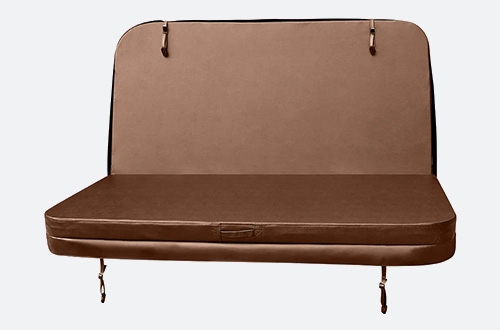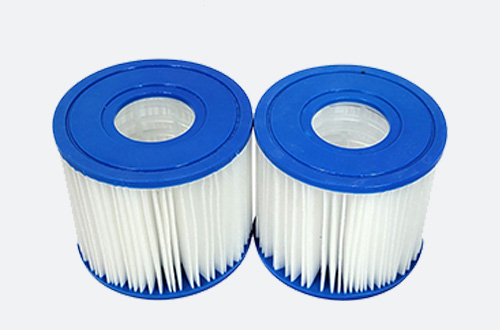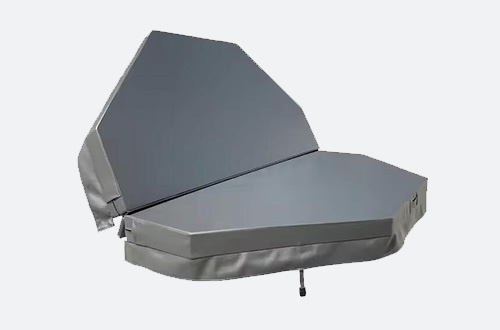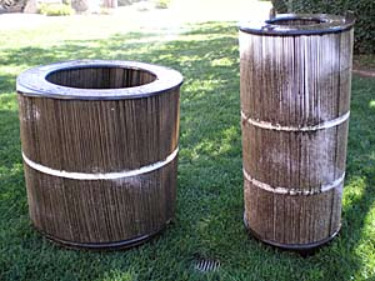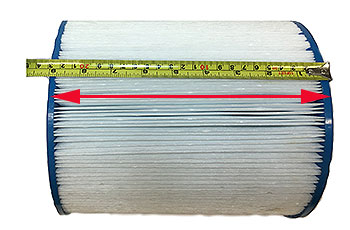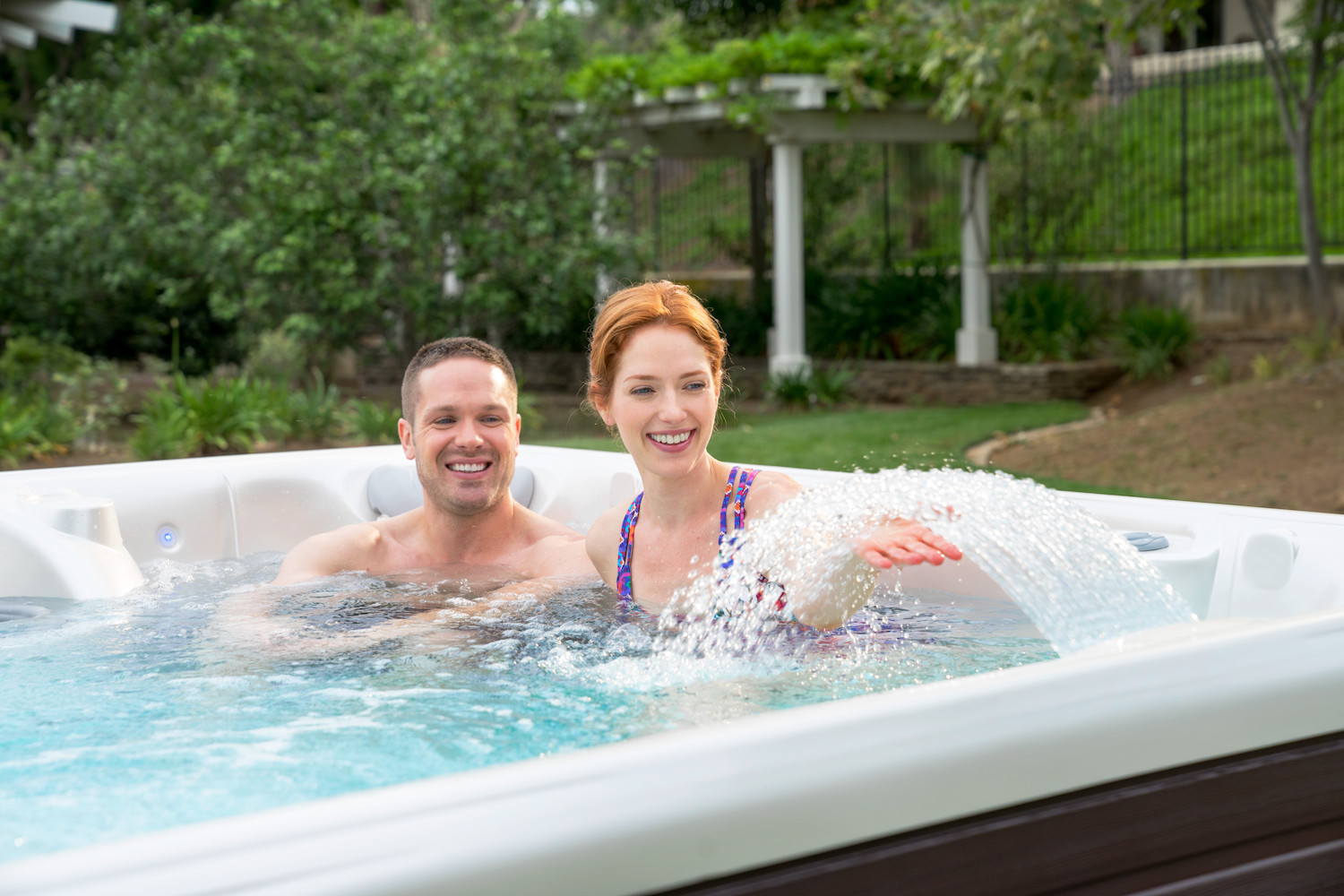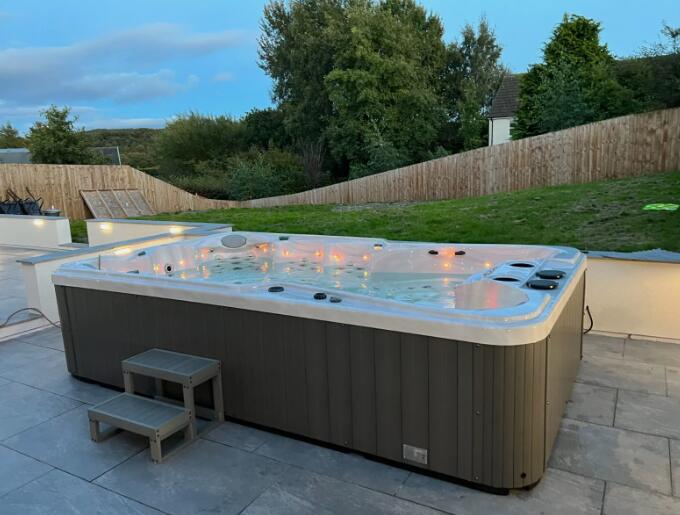How much does it cost to run a hot tub
One of the most common questions new hot tub buyers ask is “How much does it cost to run a hot tub”. Even with the current electricity charges, the answer is probably not as much as you might think (if you buy a good one!).
In this article, we’ll take a deep dive into hot tub running costs and walk you through exactly how to keep them down.
How much does a hot tub cost to run?
There are three main factors to take into account when it comes to how much it costs to run a hot tub:
Electrical running costs
Servicing and maintenance
Consumables and water care products
Let’s tackle these one by one and so you’re crystal clear on how much you can expect to pay every year.
1. Electrical hot tub running costs
Without getting too technical, it’s difficult to quantify exactly how much of an impact a hot tub will have on your electricity bills.
That’s because its energy consumption depends on so many variables, including:
the size and model of your hot tub
the ambient temperature outside
how often you use your hot tub
how long you use it for each time
how much of that time is with the jets on
the water temperature that you prefer,
and your electricity tariff
How much electricity does a hot tub use?
We can however make some assumptions based upon an average use pattern of 30 to 45 minutes use, three or four times a week (which is about average for most people who own hot tubs). This also depends on whether you choose a ‘plug and play’ hot tub or a hot tub that requires a dedicated power supply – see our guide on 13 amp vs 32 amp hot tubs.
The most energy-efficient hot tubs on the market will cost between £1.00 and £1.30 per day at current energy tariffs of around 28p.62 per kWh (updated February 2024).
However, not all hot tubs are built to the most efficient energy standards. If you chance your arm on a cheap grey import this daily cost could increase five or sixfold, as they are simply not built to retain heat and maintain water temperature efficiently.
What may seem like a bargain buy at first may have you running for the proverbial hills when your first electricity bill hits the doormat!
So, be sure to keep this in mind when you’re weighing up how much a hot tub costs, as opting for a cheap model can cost you literally hundreds of pounds ever year.
The factors that affect a hot tub’s energy efficiency:
The heater
The vast majority of hot tubs use an electric heater to heat the spa water to your preferred ‘set temperature’, which is normally between 37°C and 39°C.
Once your hot tub reaches this water temperature, it stays at this set temperature all of the time. An insulated hard cover on top of the hot tub preserves the water temperature when you’re not using it so you can use your hot tub whenever you like without having to wait for it to heat up.
Heaters come in different kW ratings, but this won’t directly affect energy usage. That’s because a heater with a larger kW rating will heat the water faster, but it won’t need to stay on as long.
For example, if a 1.5kW heater takes two hours to raise the temperature by 1°C, then a 3kW heater would only take an hour. This ends up being six and two-threes in terms of energy consumption.
However, some heaters use more energy-efficient heating elements to transfer heat more effectively. For instance, a titanium hot tub heater will conduct heat more efficiently than a stainless steel one so keep an eye out for that in the specifications.
A recent development in the hot tub industry has been the availability of hot tub air source heat pumps that provide a great solution for helping to reduce hot tub heating costs.
The pumps, air blowers and other electrical components
The pumps, air blowers and other electrical components
The volume of spa water
The more water your hot tub holds, the more it costs to run.
A good rule of thumb is to choose a hot tub that has around 200-250 litres of water capacity per bather seat. Unless you need a huge party spa, there’s no point buying a hot tub that is much bigger than you need for your average number of regular bathers. See our guide on small hot tubs if you think a more compact option will work for you.
How well insulated the hot tub cabinet area is
The insulation materials used inside the cabinet of the hot tub around the underside of the shell and the area around the plumbing system can make a huge difference to its electrical running costs.
Hot tubs with high-density foam hot tub insulation are the kindest on your smart meter readings.
So, look out for spas insulated with multiple layers of high-density, water-repellent, closed-cell polyurethane foam to keep heat loss and running costs as low as possible.
The only area of the most efficient spas on the market that isn’t insulated is the equipment bay, as the pumps and control box needs to be ventilated and easily accessible for service. But apart from the equipment panel, the more insulated a hot tub – and the higher quality the insulation – the better.
This is one of the main areas where cheap grey imports fall down, as they scrimp on the areas that are out of sight, like insulation and the build quality of the spa frame.
The quality and insulation value of the hot tub cover
Good quality hot tubs come equipped with a foam-insulated hot tub cover that folds in the centre with a ‘continuous heat seal’ along the underside of this fold. They are typically tapered to allow rain water to run off the spa.
Look for a hot tub with a cover that’s at least four inches thick in the centre and tapers down to a minimum of two inches at the front and back of the spa.
One thing that’s sure to skyrocket your hot tub running costs is an ill-fitting cover. Your cover should form an airtight seal around the shell of your spa, or else heat will constantly escape, costing you a small fortune over time
A sign of a good cover is when frost or snow gathers on top of the cover in winter without melting, which proves exactly how efficient they are at preventing heat loss.v
“The most energy-efficient hot tubs on the market will cost between £1.00 and £1.20 per day at current energy tariffs of around 28p per kWh (updated April 2022)”.
